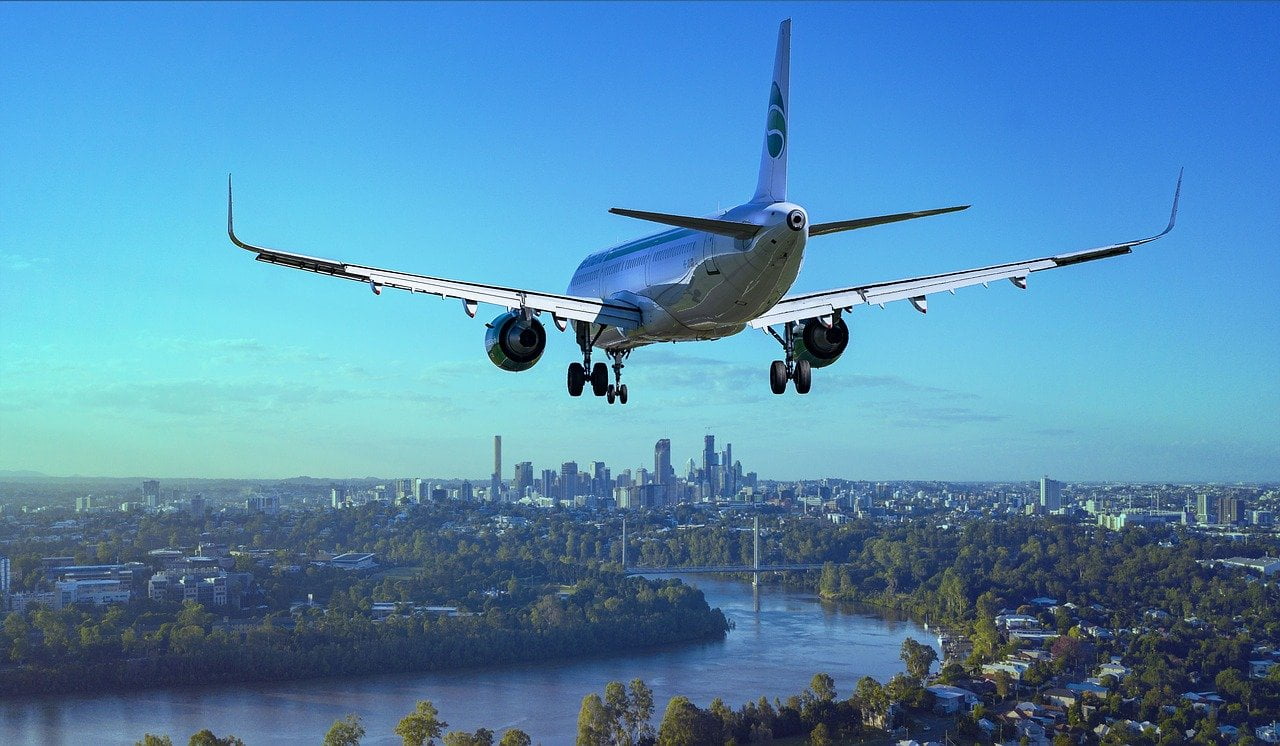Whether you fly your plane on a regular basis or you only get in the cockpit every few months or so, it is vital that you perform a preflight safety inspection. In fact, the FAA requires that commercial pilots do a preflight check before each and every trip.
Q2 2020 hedge fund letters, conferences and more
To be sure you are performing this required and vital check as correctly and thoroughly as possible, take the time to ensure that each item on the following aircraft maintenance checklist is thoroughly completed.
Cockpit and Cabin Check
As AircraftMaintenanceStands notes, be certain that you have your required paperwork with you in the cockpit. Keep the acronym ARROW in mind: Airworthiness Certificate, Registration Certificate, Radio Station License, Operating Handbook and Weight and Balance Data. Also, double-check to be sure the cockpit switches and valve toggles are in the correct positions, and turn on the battery and make a note of the fuel gauge reading. While you are at it, go through the cabin and cockpit and clear out any trash or other debris.
Exterior Check
Prior to take off, walk around the plane and do a thorough visual check of the entire aircraft. Keep a sharp eye out for:
- any loose bolts, nuts and rivets
- flat tires or ones that have excessive wear
- loose blades in the propeller or leaking oil
- oil and/or other buildup in the exhaust pipe
Clean the windows, and check the brake pads and discs to be sure they have not worn down too much or are covered in rust. Look at the fuel quantity, comparing the amount to what the cockpit gauge indicated.
Assess Your Seals and Grommets
While large pieces of equipment like the propeller, tires and wings are crucial to a safe flight, do not overlook the seals and grommets that help keep you safely in the air. For instance, o-rings and other seals are used in the fuel system, as well as your plane’s engine and other connections. Inspect these areas as much as you can prior to takeoff, and if you notice a broken or missing o-ring, replace it prior to takeoff. You should also check that o-rings and other sealing devices in the plane are made from the correct materials; for instance, Viton fluorocarbon o-rings are often used as seals for aircraft engines. With their combination of high-temperature resistance as well as inherent resistance to chemicals, fluorocarbon-based o-rings should be part of any airplane repair kit.
Inspect the Electrical Functions
Another essential part of a preflight maintenance check, notes J.A. Air Center, is to inspect the plane’s electrical functions. Check the magnetos and generator and be sure they are working properly. Also inspect the flight controls to be sure everything is functioning with no errors. Since you do not want to learn that your battery is kaput once you are in the air, examine the battery along with the mounting apparatus and leads. Double-check the antenna, circuit breakers and radio to ensure everything is working correctly and well.
Be Safe When Flying the Friendly Skies
It goes without saying that the safety of you and your passengers is of utmost importance. Even if you fly your plane every day, it is important to conduct a thorough preflight inspection and not skip over any of the aforementioned checklist items. Then, as long as everything looks and is working property, you can safely take to the skies and get on your way.













